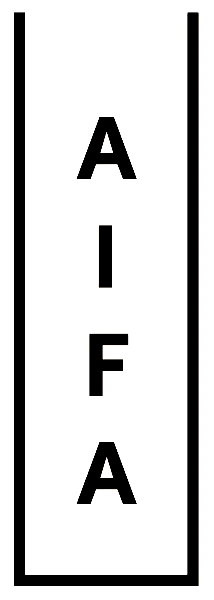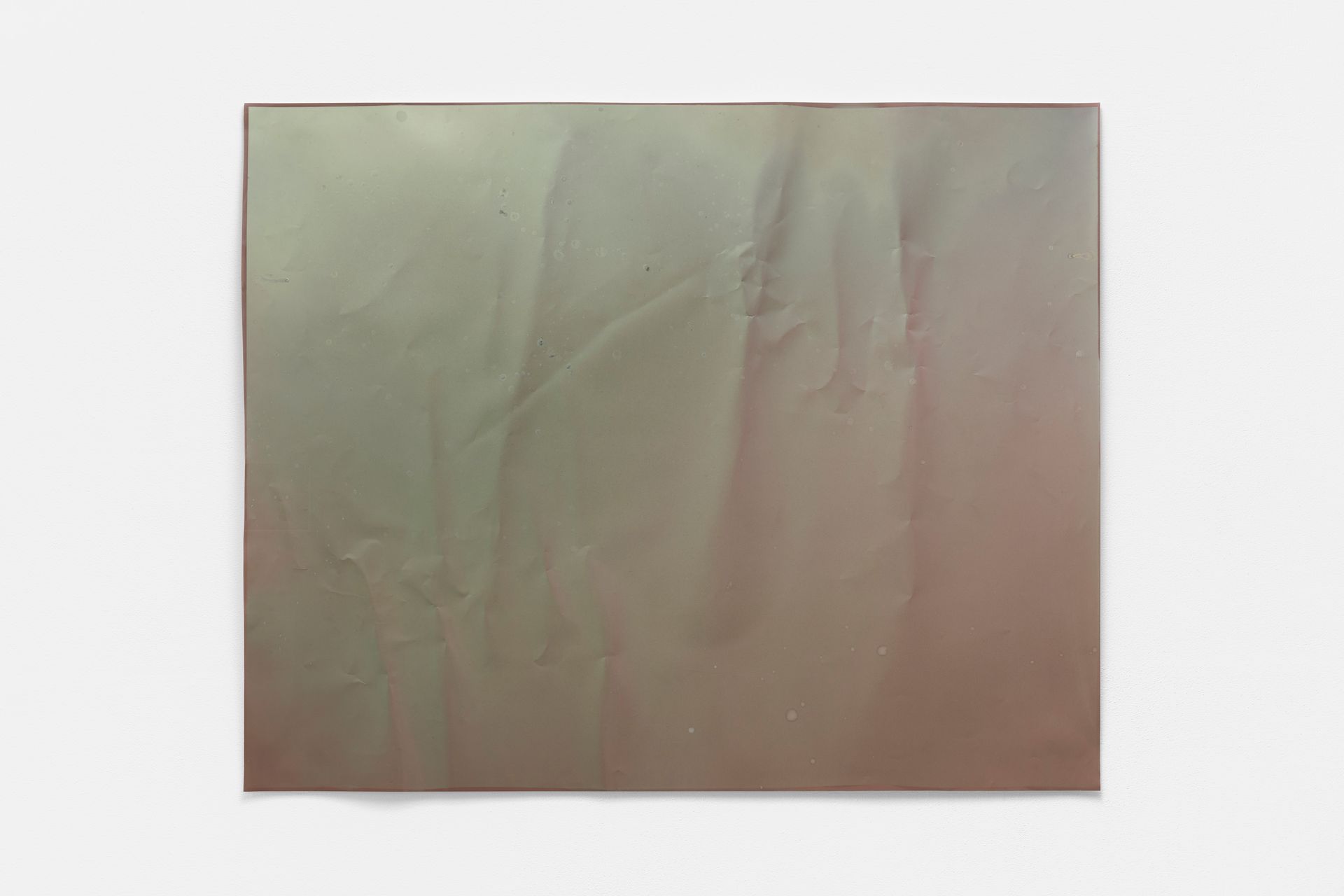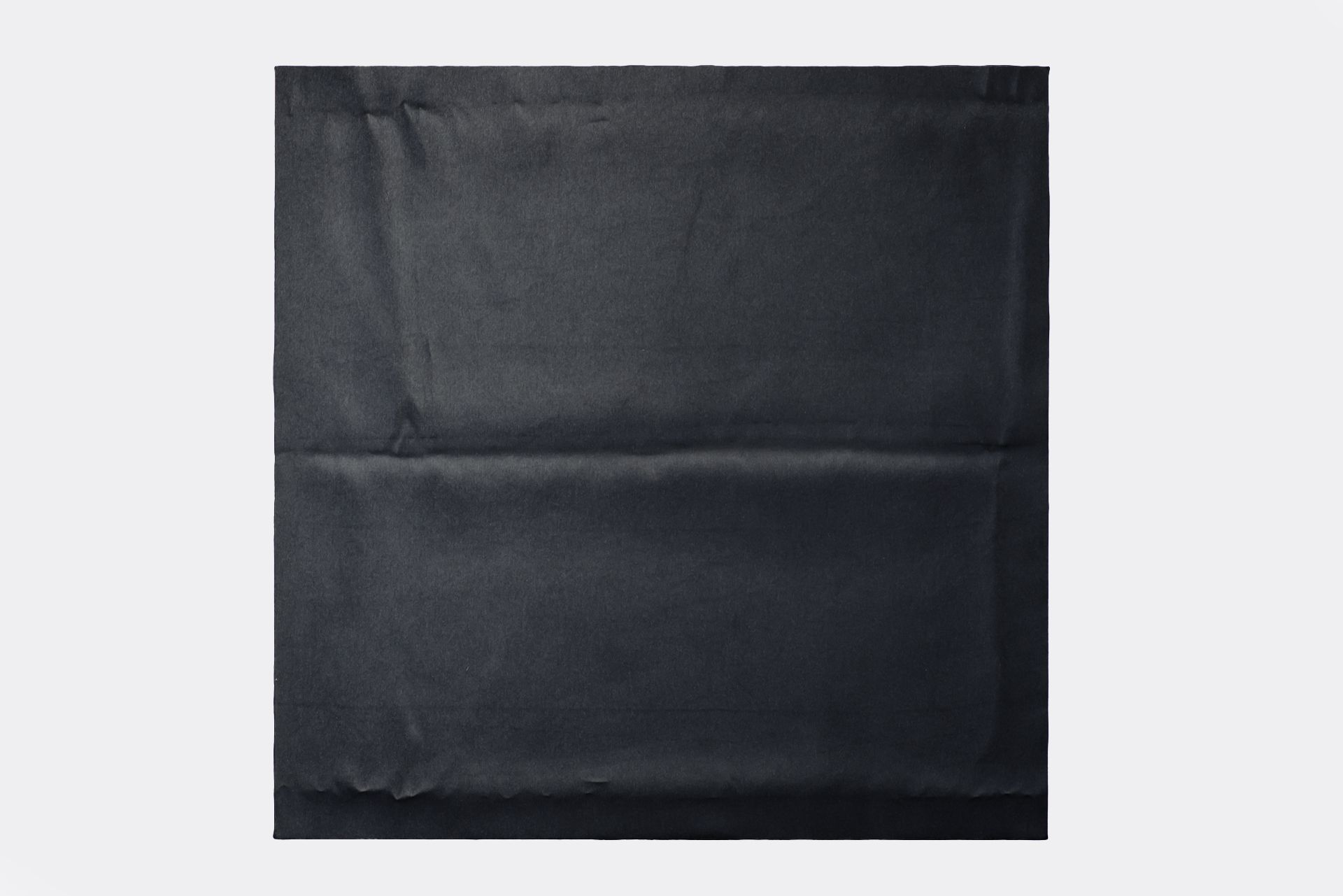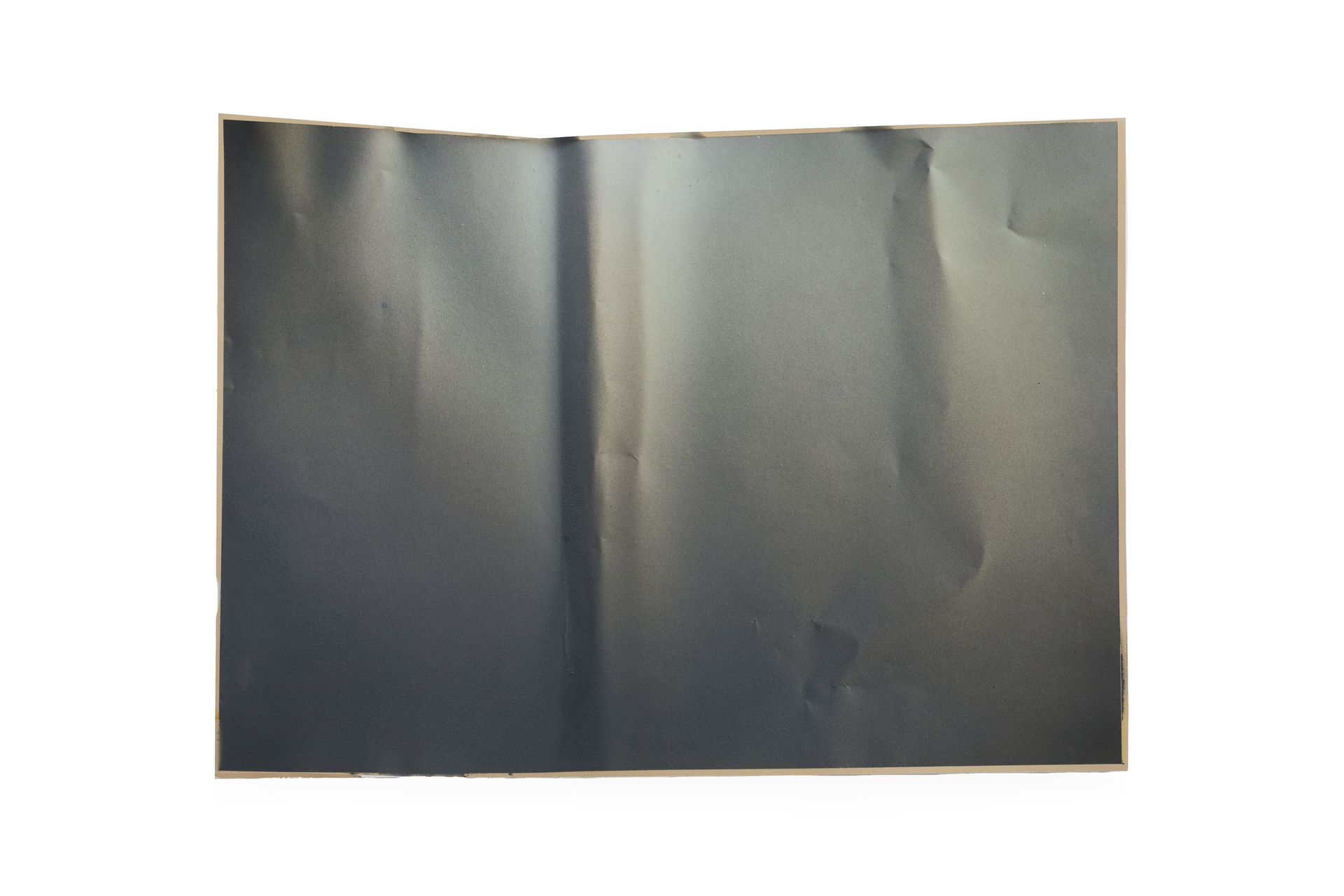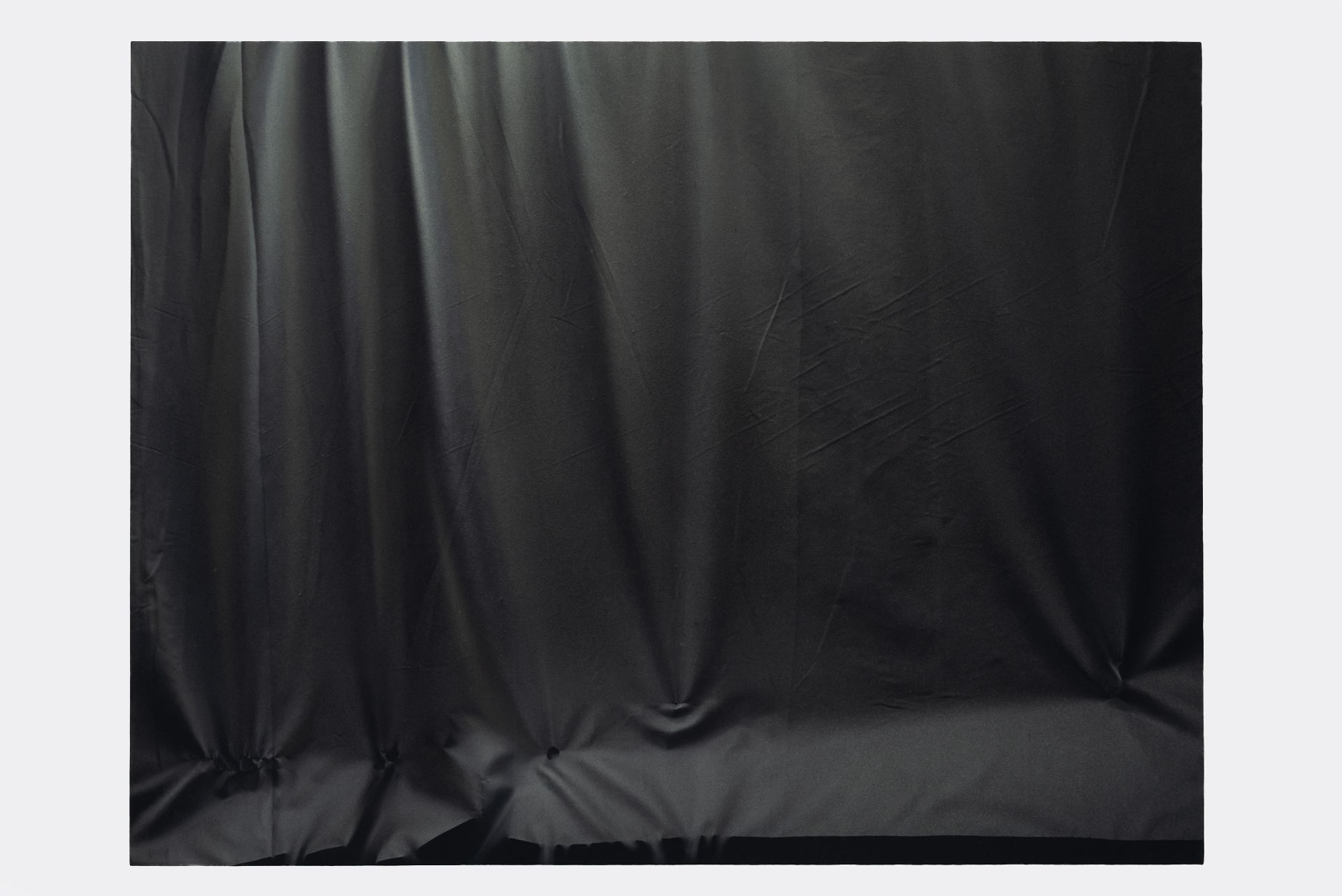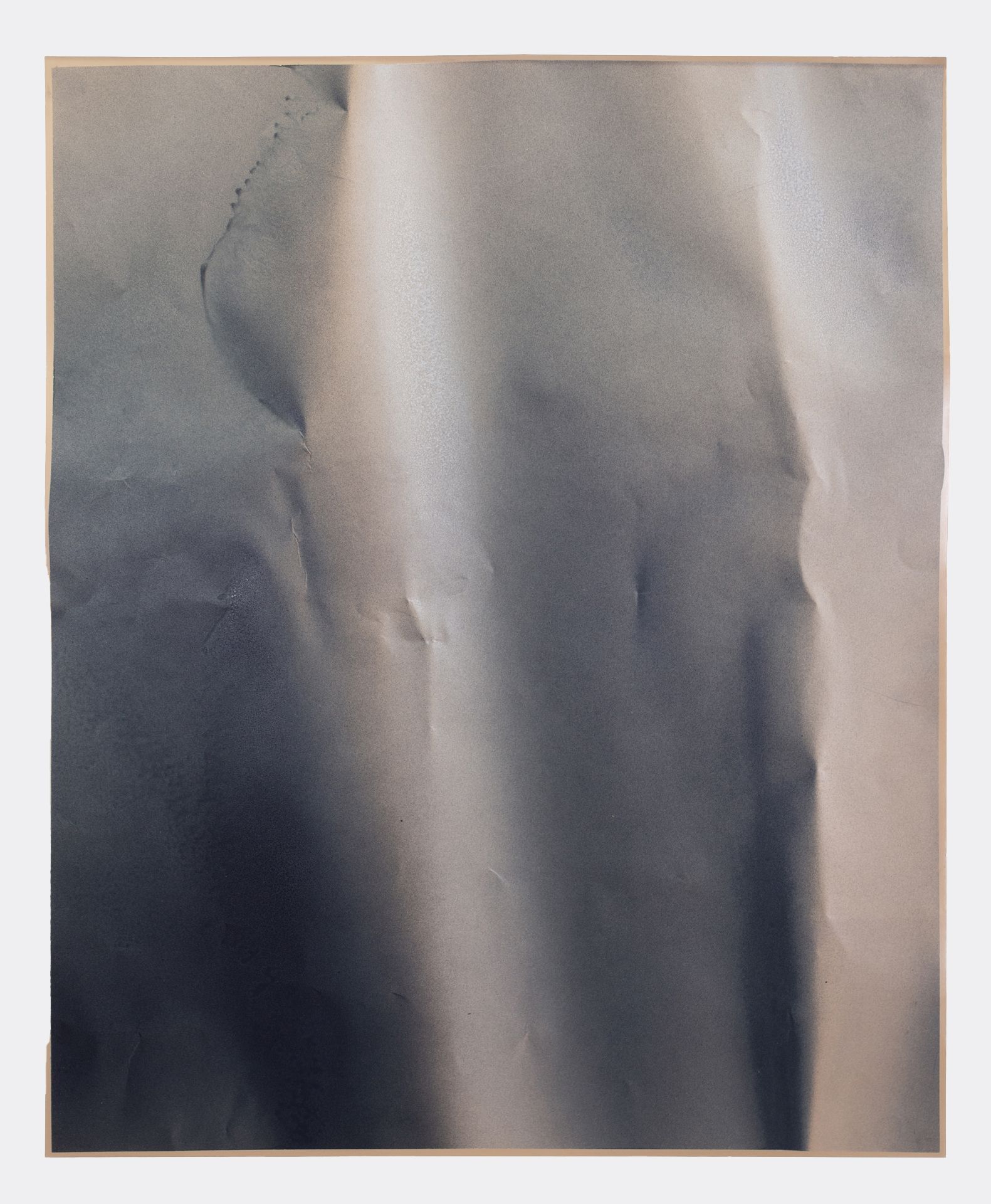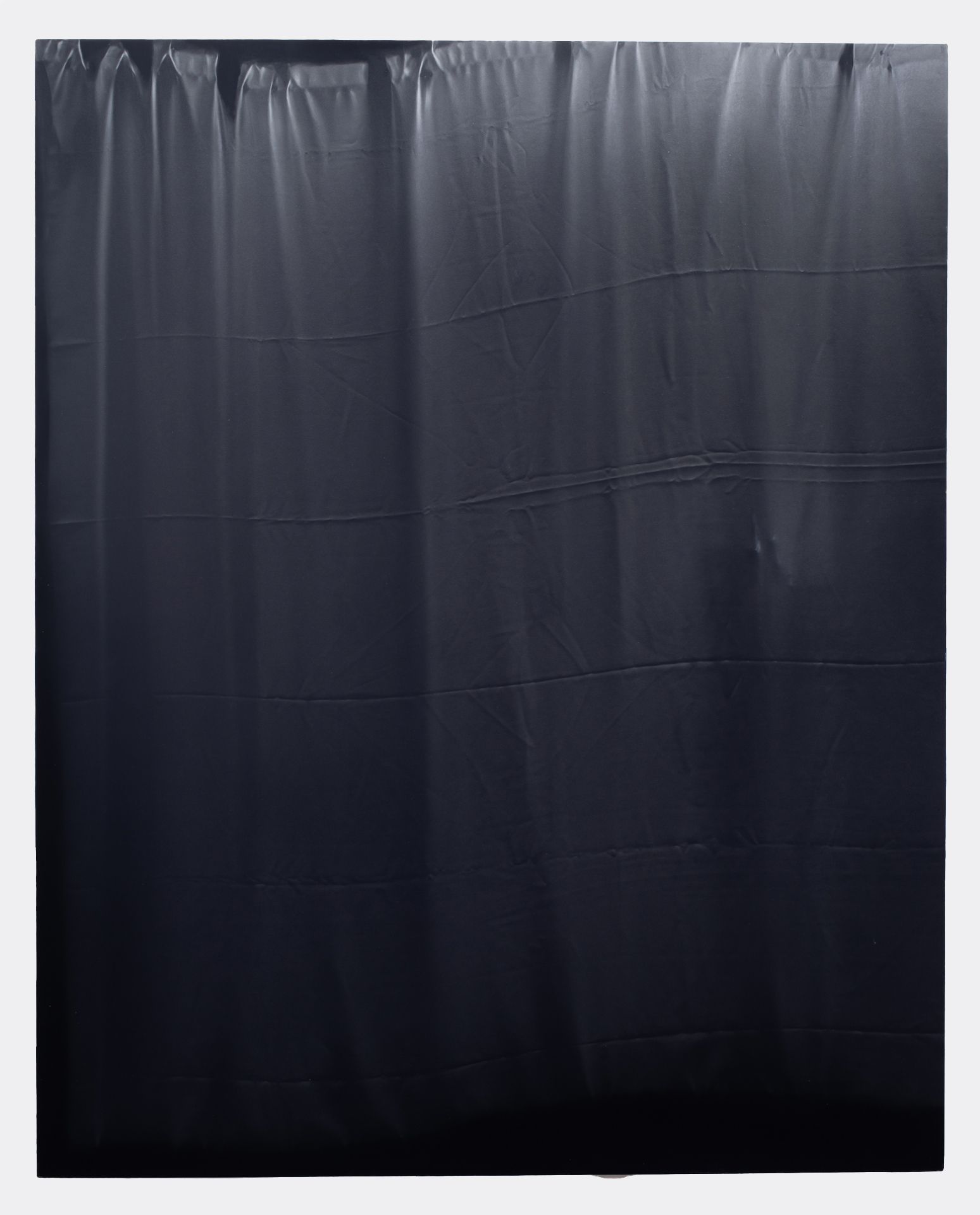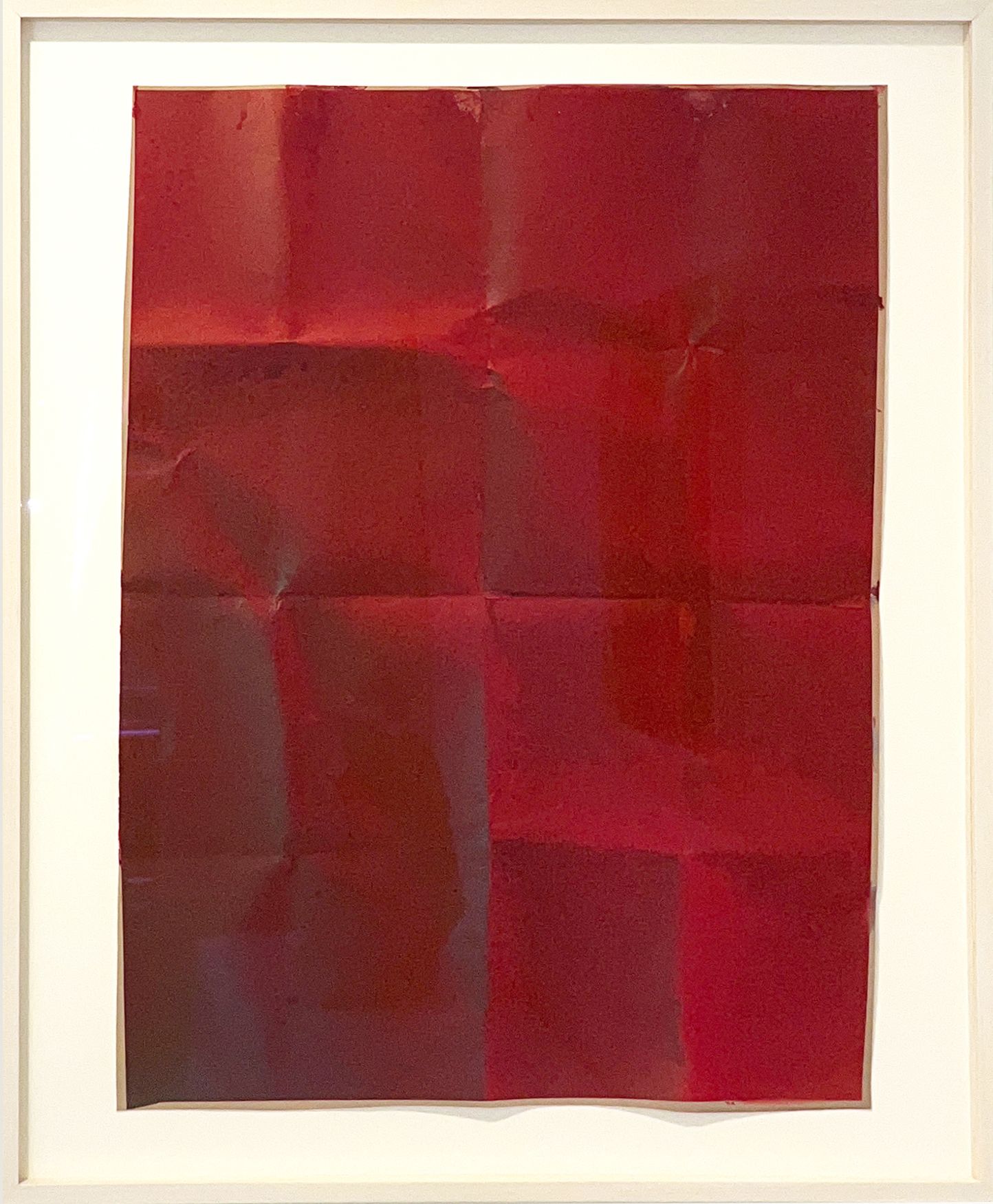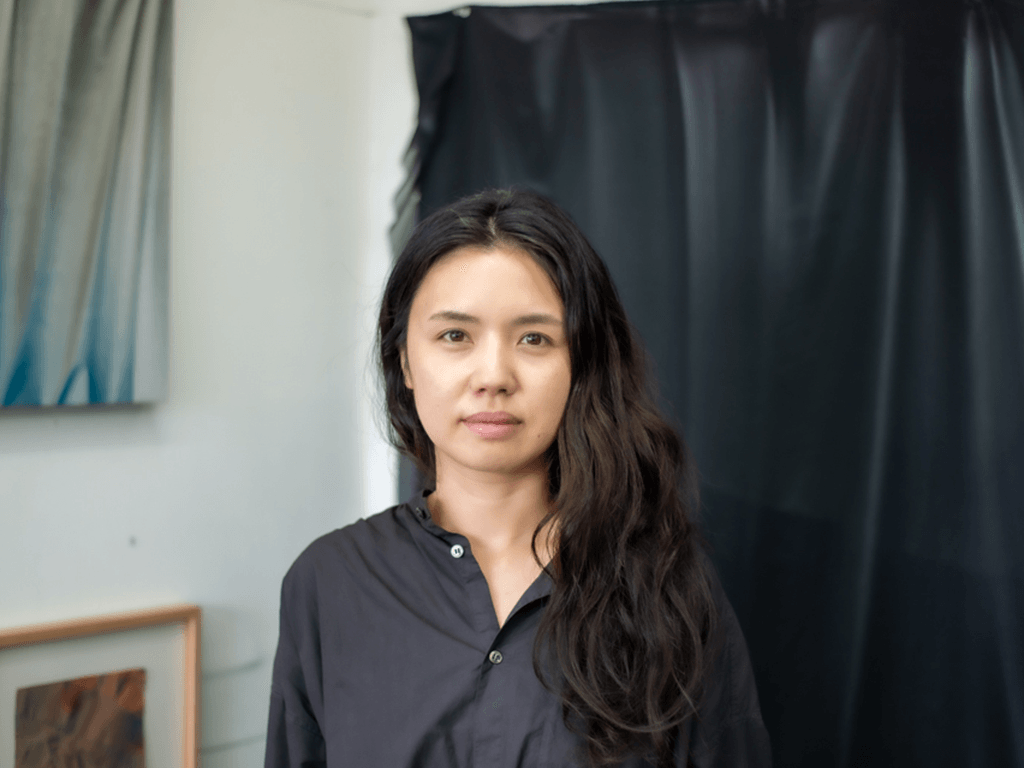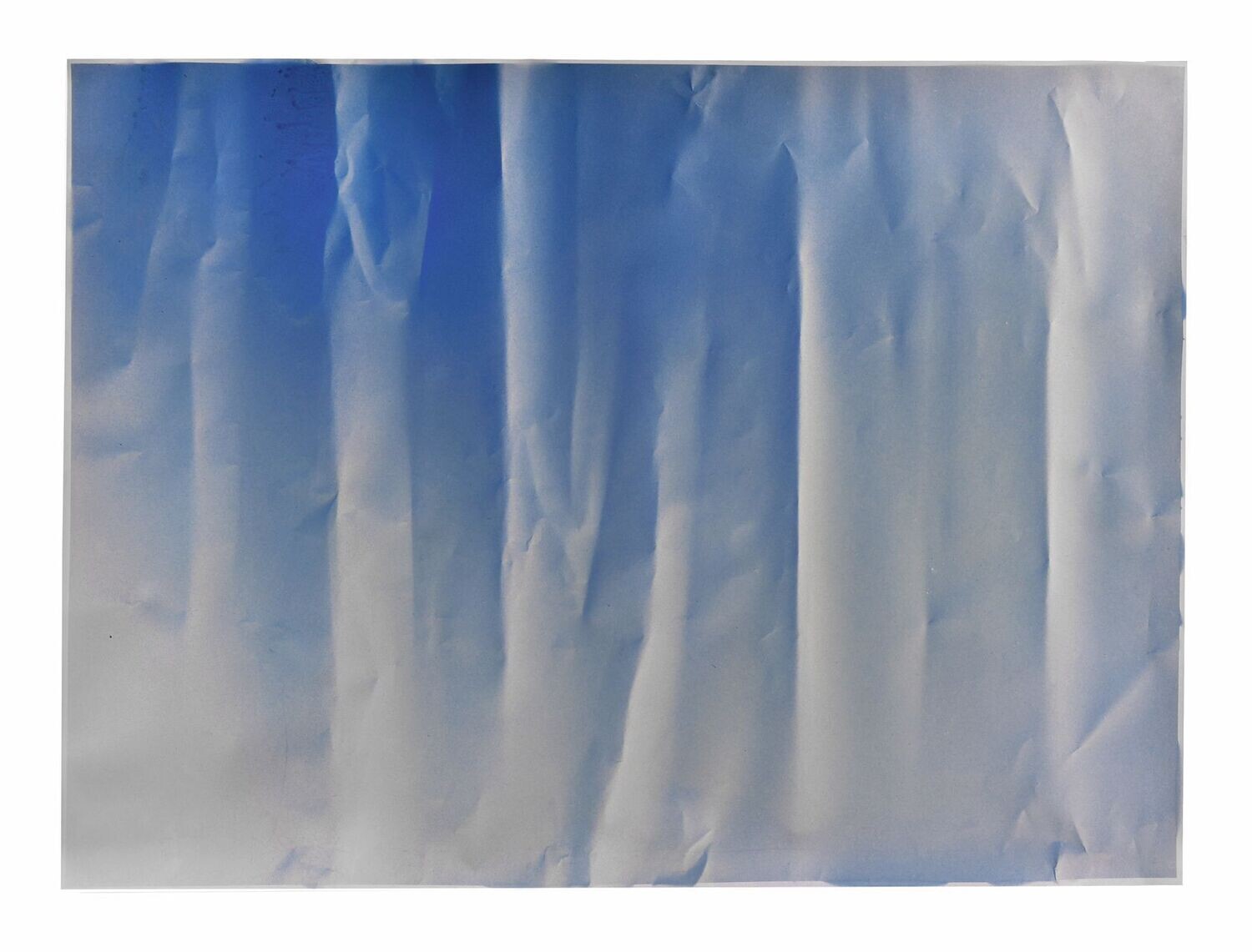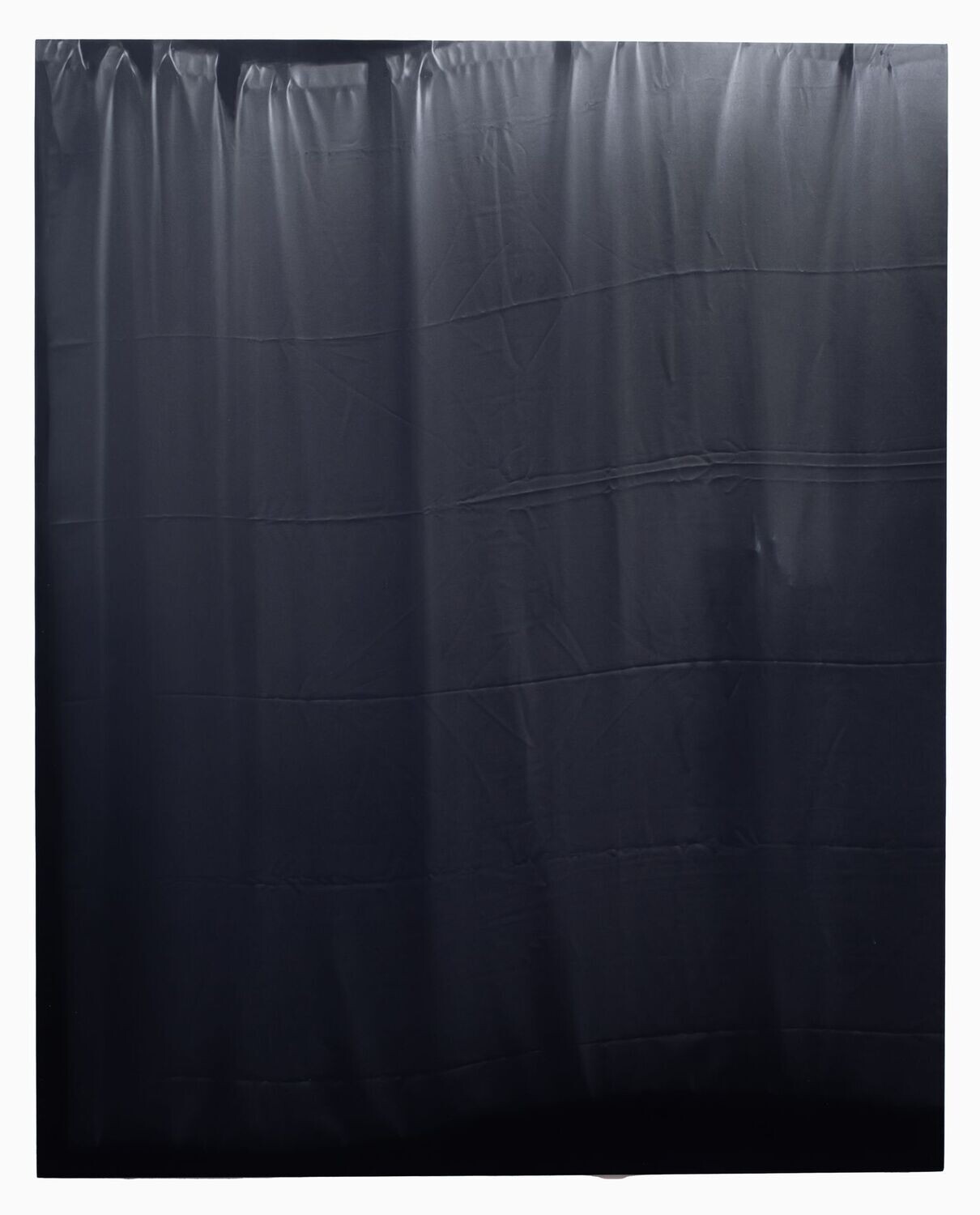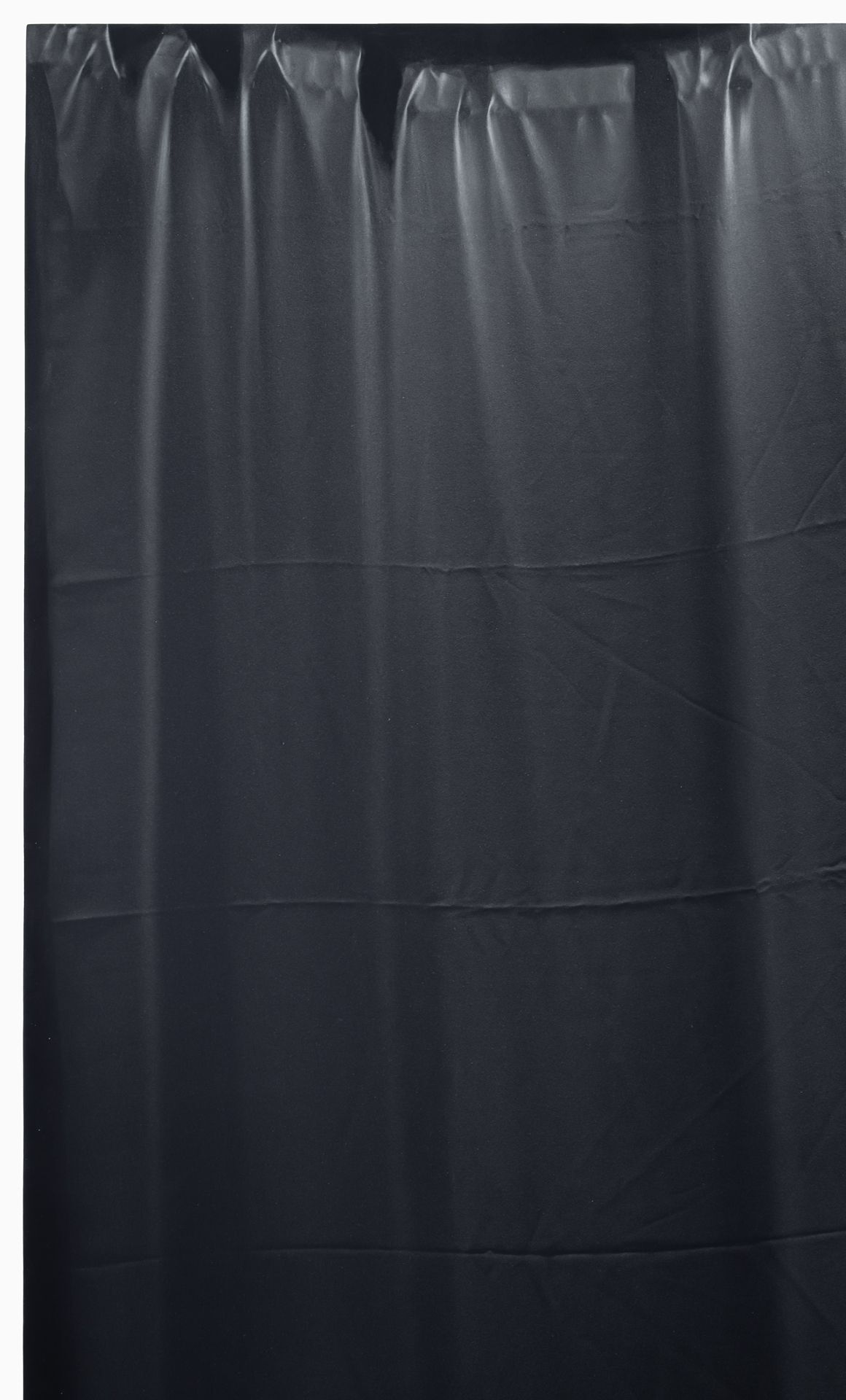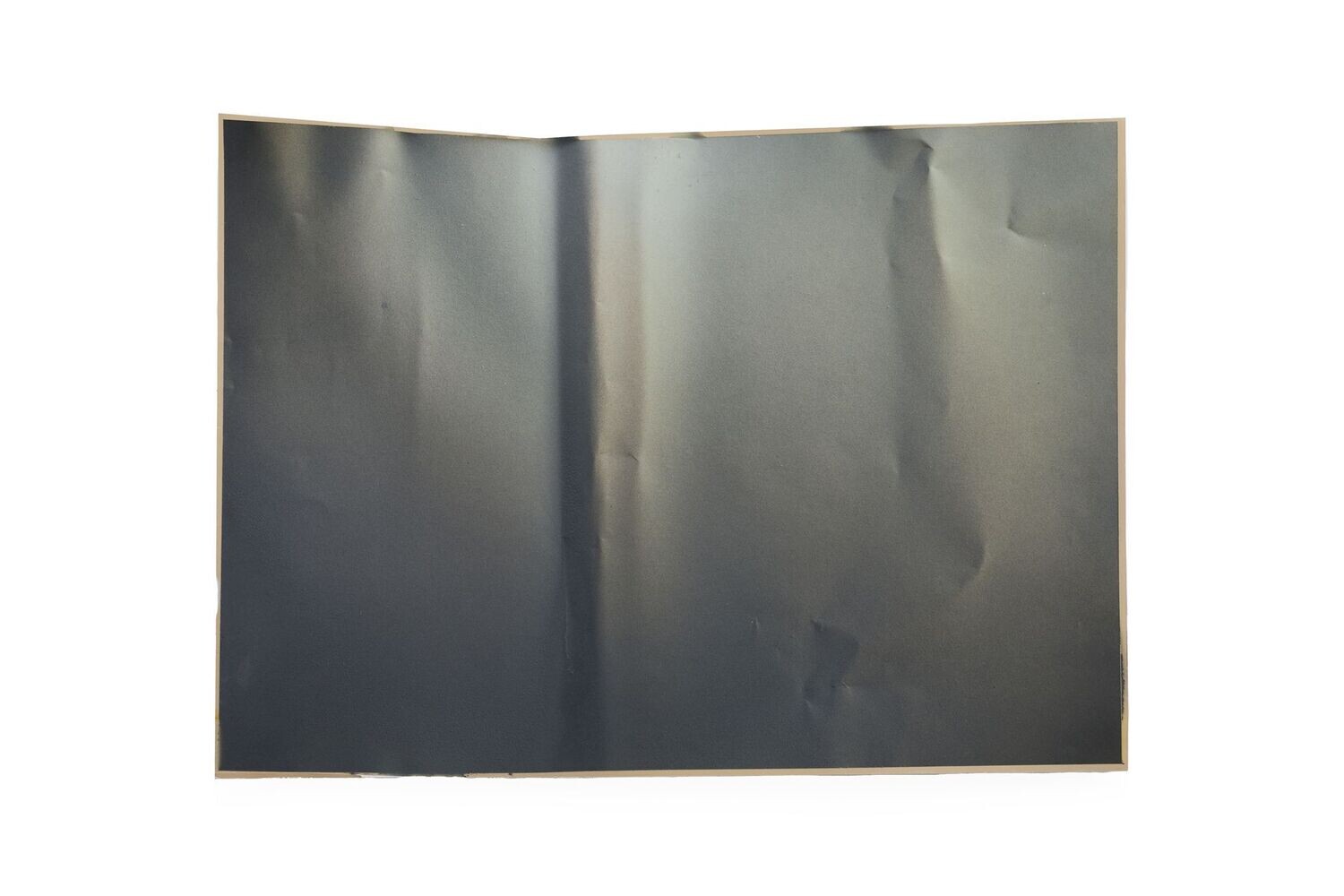Reiko Kinoshita
"Can I make art that marks the passage of time? How can I create artworks containing memories of shapes and evolving on their own with time?" These are questions Reiko Kinoshita asks herself when thinking about her art, about what she wants to express, as an artist.
Born in Kumamoto prefecture in 1982, Reiko graduated from the Musashino Art University in 2009, with specialization in oil painting. Fascinated by the frontier between intention and unconsciousness in art creation, she has developed a specific technique that combines photographic paper exposed to sunlight with paint spraying, creating wrinkles and folds to form shapes on canvas. When looking at her paintings one realizes that something was there before, but is not anymore; only the silhouette, the memory of the shape remains after time has passed.
Sometimes, memories are invoked by the fact that they exist beyond emotions such as joy or loneliness. Scraps of paper, faded pictures, handkerchiefs still in your pockets, pieces of wrapping, and wrinkled sheets may all bring back memories. She uses art materials to uncover events that have appeared on the surface. Her use of the airbrush creates a light that illuminates things that were previously invisible.
Reiko’s paintings, mainly on paper and fabric reveal what goes on and what used to be, capturing the passage of time itself within the work. It starts with the presence of something rather than nothing. As the artist once said "There will be morning and there will be night."
The exposure of photographic paper to light causes its surface to become photosensitive, allowing it to mark time and change colour. The nature of photographic paper is the passage of time. The discolouration caused by the sunlight is itself a colour.
Kinoshita's paintings use irreversible phenomena such as tanning and photosensitivity, similar to how the photographic medium is a trace of light. Moreover, the artist's artificial additions, like airbrushing, are applied on top of these traces. She believes that there is a similarity between airbrushing and the time difference between painting and the emergence of colour on the screen, and the physical sensation of recalling memories.
Her artistic approach might be summarized by what she once said: “Is it the end of a thing, the beginning of a thing, or the middle of a thing? The main entity is outside the frame, and the real thing is not here.”
